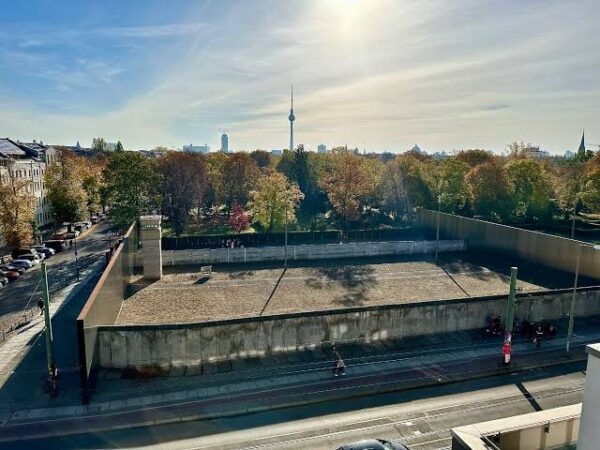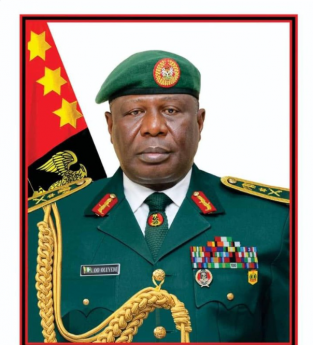 The year 1989 is forever etched in the pages of world history as the year that symbolized the collapse of oppressive regimes, the resurgence of human freedom, and the beginning of the end for the Cold War. At the heart of this transformation was the fall of the Berlin Wall, a powerful symbol of division between East and West, communism and democracy, repression and freedom.
The year 1989 is forever etched in the pages of world history as the year that symbolized the collapse of oppressive regimes, the resurgence of human freedom, and the beginning of the end for the Cold War. At the heart of this transformation was the fall of the Berlin Wall, a powerful symbol of division between East and West, communism and democracy, repression and freedom.
Built in 1961 and standing for nearly three decades, the Berlin Wall divided families, communities, and ideologies. Its fall on November 9, 1989, marked not only the physical reunification of East and West Berlin but also the ideological collapse of the Eastern bloc
After World War II, Germany was divided into four zones of occupation controlled by the United States, the United Kingdom, France, and the Soviet Union. Berlin, though located entirely within Soviet-controlled East Germany, was similarly divided among the four powers. Over time, this division evolved into a broader ideological split, with the Federal Republic of Germany (West Germany) developing into a capitalist democracy, and the German Democratic Republic (East Germany) becoming a socialist state aligned with the Soviet Union.
By the late 1950s, East Germany was facing a massive brain drain as millions of its citizens fled to the West through the open border in Berlin. In response, the East German government, with Soviet support, erected a wall in 1961 to stem the flow of refugees. The Berlin Wall was a concrete barrier reinforced with guard towers, barbed wire, and minefields�a deadly divide that cost the lives of many who tried to escape.
By the 1980s, the geopolitical landscape was shifting. The Soviet Union under Mikhail Gorbachev introduced reforms like glasnost (openness) and perestroika (restructuring), signaling a move away from hardline authoritarianism. These changes inspired reform movements throughout Eastern Europe.
In East Germany, long-standing dissatisfaction with the regime began to boil over. The authoritarian government of Erich Honecker faced increasing protests, and many East Germans fled to the West via neighboring countries like Hungary and Czechoslovakia, which had begun to open their borders.
By the fall of 1989, mass demonstrations erupted in East German cities, most notably in Leipzig, where the Monday Demonstrations drew thousands calling for reform, freedom of speech, and the right to travel.
The dramatic events leading to the fall of the Berlin Wall were almost accidental. On the evening of November 9, 1989, an East German government official, G�nter Schabowski, held a press conference to announce a new travel policy that would allow citizens to apply for visas to travel abroad.
When asked when the new regulations would take effect, Schabowski, unsure of the details, famously responded, �As far as I know, effective immediately, without delay.� This ambiguous statement was broadcast live on television and interpreted by East Berliners as permission to cross the border freely.
That night, thousands of East Germans surged toward the Berlin Wall�s checkpoints, demanding to be let through. Overwhelmed and unprepared, the border guards�lacking clear orders�eventually opened the gates. Crowds flooded through, and East and West Berliners climbed the wall, celebrating, hugging, and tearing pieces of the structure down with hammers and chisels.
The once-impregnable Berlin Wall had fallen�peacefully, joyfully, and without a single shot fired.
The fall of the Berlin Wall had immediate and far-reaching consequences:
- German Reunification: Less than a year later, on October 3, 1990, Germany was officially reunified. The Cold War�s most prominent divided nation became one again.
- End of the Cold War: The wall�s collapse symbolized the broader disintegration of the Soviet sphere of influence. In the following years, communist regimes across Eastern Europe collapsed.
- Global Symbol of Freedom: The fall of the wall became an enduring symbol of liberation, democratic triumph, and the power of people-led movements.
Today, only fragments of the Berlin Wall remain�preserved as memorials and reminders of a time when fear and repression divided a city and a continent. Berlin has since transformed into a unified and vibrant city, emblematic of peace, resilience, and renewal.
Memorials such as the East Side Gallery, where artists from around the world have painted on surviving sections of the wall, continue to attract millions of visitors each year. Museums, documentaries, and educational programs keep the memory of the Wall alive�not to glorify its existence, but to ensure future generations understand the price of division and the value of unity.
The year 1989 was more than just a calendar year�it was a moment of global awakening. The fall of the Berlin Wall on November 9, 1989, remains a testament to the indomitable human spirit and the desire for freedom. It stands as a pivotal point in modern history that reshaped Europe and echoed the triumph of hope over fear, and unity over division.
As we reflect on that historic night, we are reminded that walls�no matter how high or strong�cannot stand forever against the will of the people.







